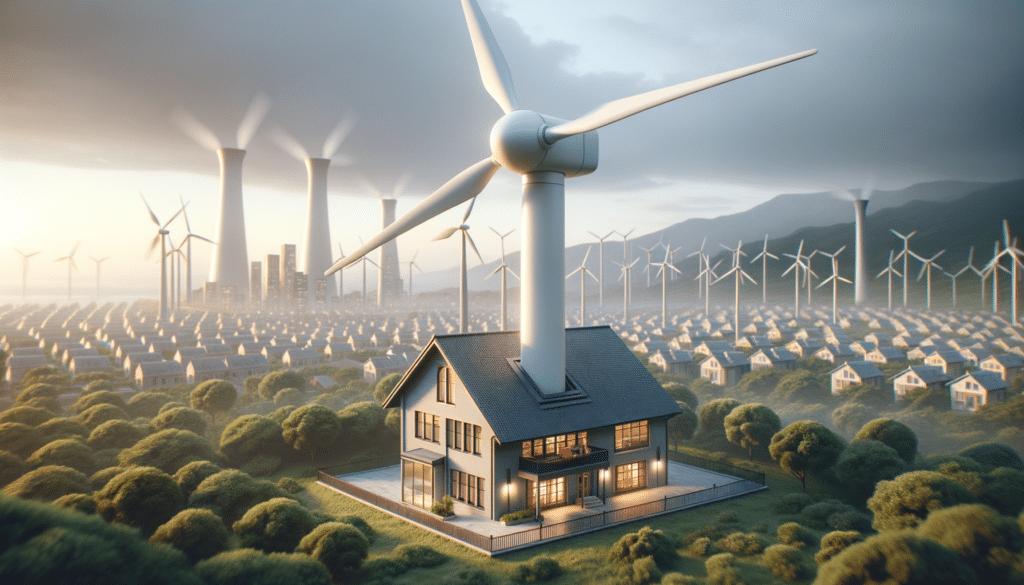Understanding Home Wind Turbines: A Comprehensive Guide
Home wind turbines are becoming an increasingly popular option for those looking to reduce their carbon footprint and save on energy costs. These systems harness wind energy and convert it into electricity that can be used to power your home. The appeal of wind turbines lies in their ability to provide a renewable and sustainable energy source. This section will explore the different types of wind turbines available for home use, including their benefits and potential challenges.
There are several types of wind turbines suitable for home use, each with its unique features and advantages. Some of the common types include:
- Horizontal Axis Wind Turbines (HAWT): These are the most traditional wind turbines, featuring blades that rotate around a horizontal axis.
- Vertical Axis Wind Turbines (VAWT): These turbines have blades that rotate around a vertical axis and are known for their ability to capture wind from any direction.
- Rooftop Wind Turbines: Specifically designed for installation on rooftops, these turbines are compact and ideal for urban settings.
While home wind turbines offer numerous benefits, such as reducing reliance on fossil fuels and lowering electricity bills, they also come with challenges. These include initial installation costs, maintenance requirements, and the need for a suitable location with consistent wind speeds. Understanding these factors is crucial for anyone considering investing in a home wind turbine.
The Silent Revolution: Quiet Home Wind Turbines
One of the common concerns about wind turbines is the noise they produce. However, advancements in technology have led to the development of silent home wind turbines, making them more appealing for residential areas. These turbines are designed to operate quietly, ensuring minimal disruption to your daily life.
Silent wind turbines achieve their quiet operation through various design innovations. For instance, some models use specially designed blades that reduce noise by minimizing turbulence. Others incorporate sound-dampening materials to absorb noise. These features make silent turbines an excellent choice for homeowners who value peace and tranquility.
In addition to their quiet operation, silent home wind turbines are also efficient. They can generate electricity even at lower wind speeds, making them suitable for a wider range of locations. This efficiency, combined with their quiet nature, positions them as a viable option for those looking to integrate renewable energy into their homes without compromising on comfort.
DIY Wind Energy: Creating Your Own Wind Power Solutions
For those with a penchant for hands-on projects, DIY wind energy offers an exciting opportunity to create your own wind power solutions. Building a wind turbine from scratch can be a rewarding experience that not only provides a sense of accomplishment but also contributes to sustainable living.
Embarking on a DIY wind energy project requires careful planning and consideration. Here are some key steps to guide you:
- Research: Start by learning about the different types of wind turbines and their components. Understanding the basics will help you make informed decisions throughout the project.
- Materials: Gather the necessary materials and tools. This may include blades, a generator, a tower, and electrical components.
- Design: Plan the design of your wind turbine, considering factors such as size, location, and wind conditions.
- Assembly: Follow a step-by-step guide to assemble your wind turbine. Ensure all components are securely attached and aligned for optimal performance.
- Testing: Once assembled, test your wind turbine to ensure it operates efficiently and safely.
While DIY wind energy projects can be challenging, they offer a unique way to harness renewable energy. They also provide a deeper understanding of how wind power works, fostering a greater appreciation for sustainable energy solutions.


